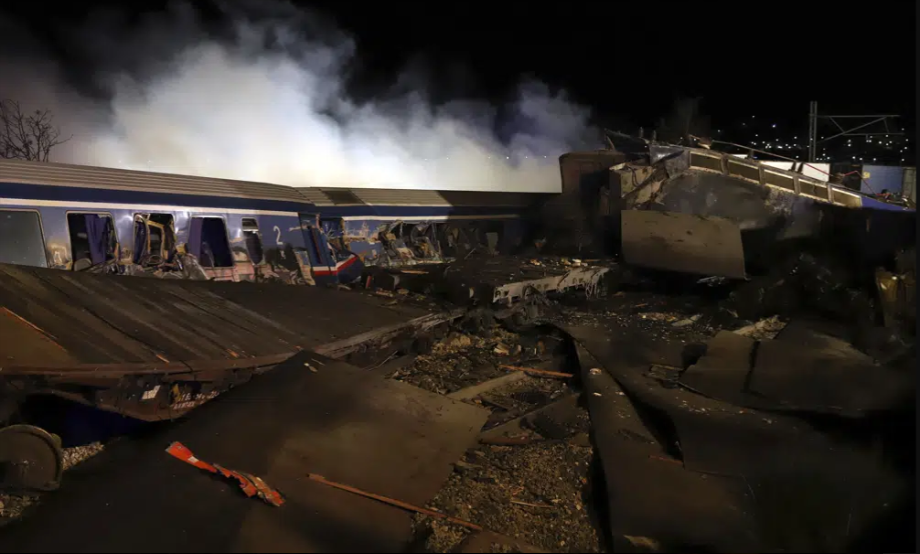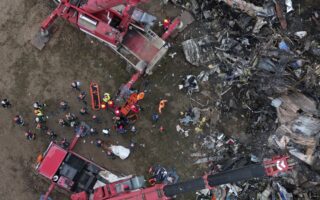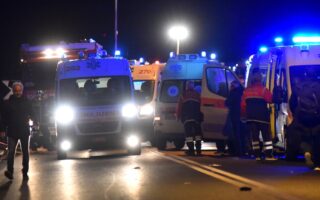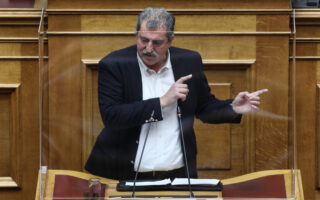The crisis management manual

The deadly 2018 fire in the eastern Attica town of Mati has served as a manual for the present government in how it should manage communications in this recent tragedy. And the manual is titled “What Not to Do.”It says: Don’t claim to have control of the situation when this is obviously not the case; don’t stage somber discussions in front of the TV cameras; don’t try to shift the blame onto the victims or other people who have no connection to the matter; don’t use phrases like “It was bad luck”; don’t avoid responsibility and, most importantly, don’t hesitate to resign.
This is a thick little book and it even has a chapter dedicated to the opposition: Don’t try to reap benefits from the government’s failings and from the pain of the people, especially when there are still victims that remain to be identified.
Such situations are not suitable for exploitation for petty political gains because they can also happen on your watch. The only thing they ultimately accomplish is to make people, who are already riled up, even madder. What potential voters expect of their politicians is solemnity, solidarity and humanity.
For the citizens who are glued to their social media and televisions, unable to express their grief, the collective sense of loss can only be addressed – as it was with Mati – through participation.
Such situations are not suitable for exploitation for petty political gains because they can also happen on your watch
Giving blood, being there for those who need it and keeping a cool head. And when the anger starts to subside, it is reasonable to demand that public transportation be treated as a public service that is affordable and safe.
Last but not least, there are tips in the manual for journalists too: Don’t fill all your airtime with live links from the scene of the accident and macabre descriptions; don’t use cliches like “scorched bodies” when you’re talking about human beings. The families and friends of the victims are also watching television.
Even the people who don’t have someone at the scene of the accident can easily identify with the agony of the parents waiting outside the hospitals showing vibrant photographs of their missing children, or the joy of others crying out with relief “that’s my child!” when a survivor is found.
What we need to do now is to take stock of who followed the manual and who did not; who showed that they are capable of change, of doing better, and who did not.





